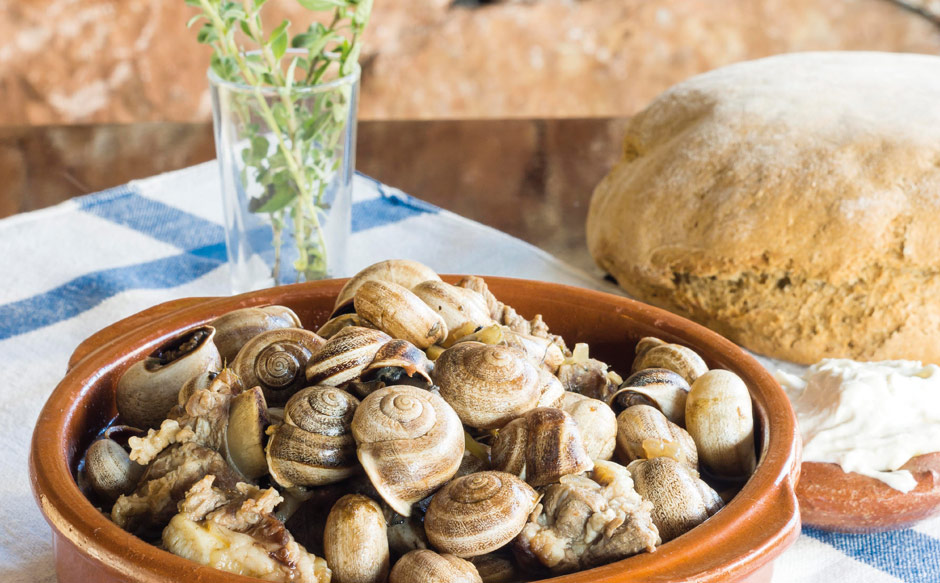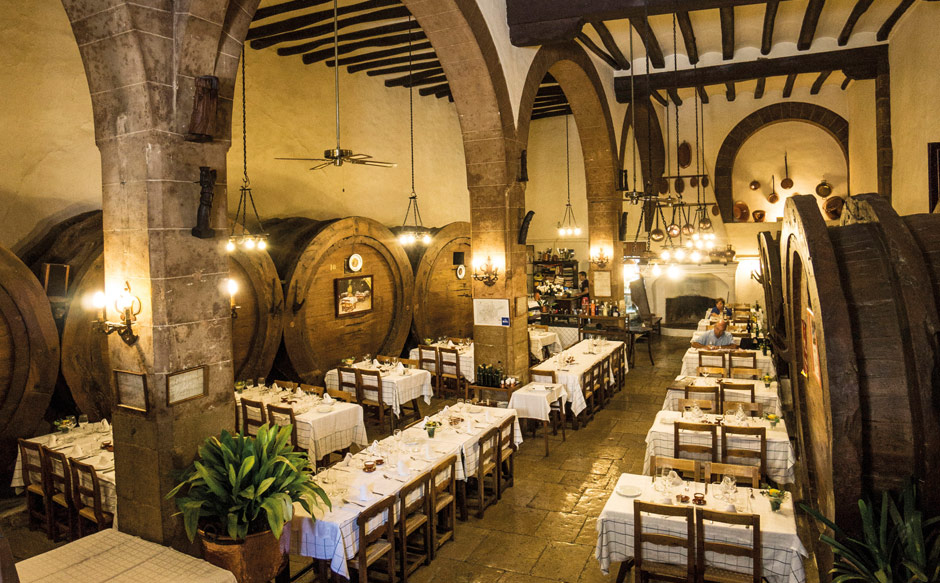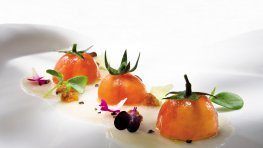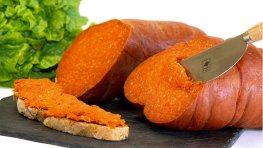In Mallorca, traditional tapas are served up in the form of a variat, a little clay dish with a combination of samples of the best tapas served in an establishment.
How can one define a variat? It is a little clay dish containing a combination of different tapas, in the form of either an individual serving or a larger one for sharing. Samples of typical recipes from Mallorcan gastronomy which the customer chooses to taste from the day’s recommendations of the establishment. It is only in Mallorca that tapas are eaten in this way, and there is no law defining the composition of the variat, because every bar or celler is proud of preparing its own specialities.
But there are some essential preparations that are not usually missing from a variat, such as Russian salad, which provides a refreshing touch to this dish which is served hot. Meatballs or pilotes in sauce are a frequent component, as are pica-pica made with cuttlefish or squid, finely chopped and in a characteristic sauce, tripe cooked in a gelatinous sauce, veal’s tongue with capers and garlic mushrooms.
Another tapa that normally makes an appearance is frit or frito, a combination of potatoes and vegetables with lamb or offal, or possibly squid or cuttlefish and seafood, all chopped finely and with exactly the right amount of spice. Or the coveted tumbet, made from aubergine, potato and red pepper with tomato sauce. The presentation is crowned with one or two fried pieces such as croquettes or squid rings in batter, or sometimes even stuffed mussels or prawns. In any case, it is essential that the variat be accompanied by a piece of brown bread made without salt and a glass of local wine. And even though this is an aperitif, it is substantial enough to be taken as lunch or dinner.
The most authentic establishments in which to delight in this one hundred percent indigenous preparation are the cellers, former wine cellars where the wine was made and aged; in the late 19th century, the phylloxera plague ruined the local vines, which in many cases were replaced with almond trees, and some cellers were converted into restaurants serving traditional food. These establishments have a rural flavour, decorated with agricultural tools, old wooden furniture and upholstery and curtains made from Mallorcan llengos or ‘tongues’ fabrics, and some of them still have the enormous barrels where the wine was aged. Some of the most famous ones are Sa Premsa, in Palma, Es Grop, in Sineu or Can Ripoll, in Inca.
Aperitif time
The custom of having an aperitif, or “vermut” at midday on holidays, which is common in cities like Madrid or Barcelona, is making headway in Palma. It can be enjoyed on any Saturday in the markets of Olivar, Pere Garau or Santa Catalina, where you can try an aperitif made with palo —a local drink produced using cinchona and yellow gentian— with soda or ice, artisanal vermouths from different places or a glass of wine with a selection of local tapas. An increasing number of establishments are signing up to this attractive gastronomy proposal, such as Hostal Cuba, Bodega La Rambla, Bar Taujà, Bar Flexas, Bar Bosch, Es Baret or Bar Mavi.






